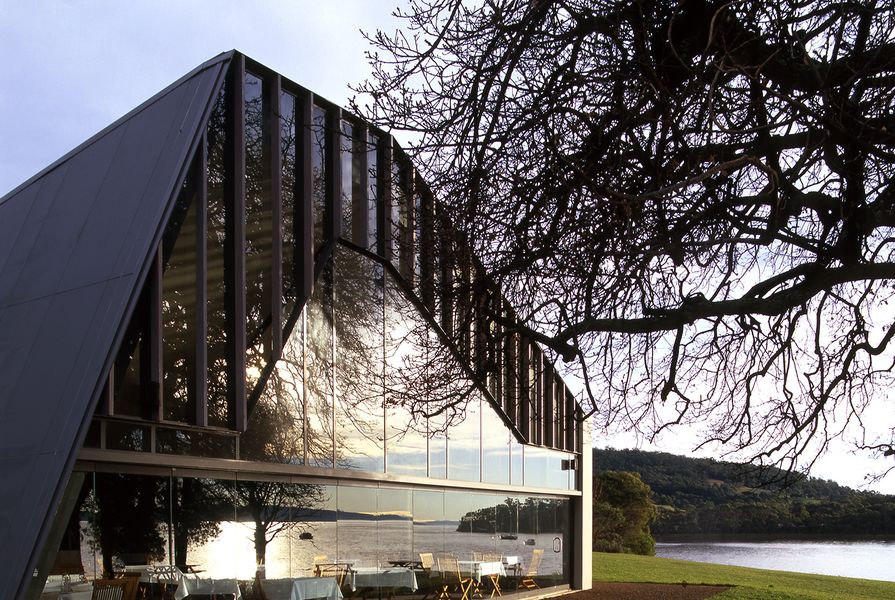It’s a tribal game, architecture, and we are all as keen as each other to see our state/city/practice represented in a kind of Building Best and Fairest roll call. In the March/April 2014 edition of Architecture Australia, editorial director Cameron Bruhn made reference to the surreptitious State of Origin-like rivalry that surrounds each edition of the Australian Institute of Architects’ national journal of record. Although one might be accused of merely ‘filling the quota’, balancing the coverage of projects and events around the country allows us to understand the broad field of issues and concerns that form the context for contemporary practice.

AIA National President Paul Berkemeier.
Image: Australian Institute of Archiects
Similarly, those of us who live beyond the metropolitan boundaries of Sydney or Melbourne have welcomed the recent decision to host key events in other centres, including: the National Conference and National Awards; the National Speaker Series which brings national and international guests to centres across the country; as well as other events like the North Queensland Regional Conference in Cairns last year. The commitment to these events signals an engagement with life in the ‘regions’ in varying ways.

President’s Prize posthumous recipient, Ross Langdon.
Image: Australian Institute of Archiects
So, imagine the delight in Tasmania when the Australian Achievement in Architecture Awards (AAA Awards) were held in the south this year. This was amplified by the celebration of so many of the locals in the honours list. Two of the five Dulux Study Award recipients are UTAS graduates: Jenna Rowe from the Masters of Architecture programme, and Ben Milbourne from Bachelor of Environmental Design. National President, Paul Berkemeier honoured the memory and work of the very short life of another UTAS graduate (and Milbourne’s business partner), Ross Langdon, who represented his practice Regional Associates on the ground in Africa.

Troppo Architects’ Phil Harris and Adrian Welke accept the 2014 Gold Medal.
Image: Australian Institute of Archiects
Phil Harris and Adrian Welke generously acknowledged that Troppo’s Gold Medal was shared by all the partners, including Geoff Clark, who manages to be both the director of Troppo Townsville and a senior lecturer at the School of Architecture and Design at the University of Tasmania (UTAS). In the state-by-state medal tally, I think Tassie clearly came out on top!
It was an intimate evening, with just over 100 guests, and a location that gave all the chance to be completely immersed in a stunning local environment. The 40-minute cruise down the Derwent River on a spectacular autumn evening was a perfect prelude to dinner at Peppermint Bay, a restaurant designed by Hobart and Sydney-based practice Terroir, that looks out to Bruny Island. We were joined by celebrated Finnish architect and theorist, Juhani Pallasmaa, who had become an honorary Tasmanian during his two week stay hosted by UTAS and the Utzon Workshop on Bruny Island.
It was a great homecoming for the expats, who were able to celebrate their awards with family and friends, and an inspiration for other local practitioners to put their work forward for awards at a national level. The night also revealed the talents of the AIA Tasmania Chapter President, Andrew Williamson, whose comic timing and laconic charm were a perfect match for the event. The continuing efforts of the Institute to engage with the regions is to be congratulated and encouraged, so a huge thanks to Paul Berkemeier, David Parken, Kahlea McGeechan and the Institute Events team, and Jen Nichols and the Tasmanian Chapter for bringing the AAA Awards south.
















